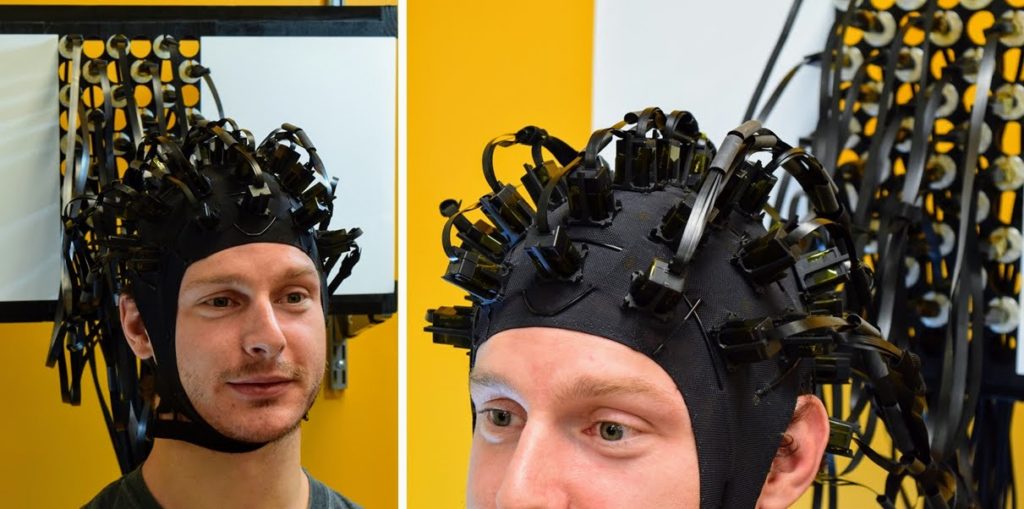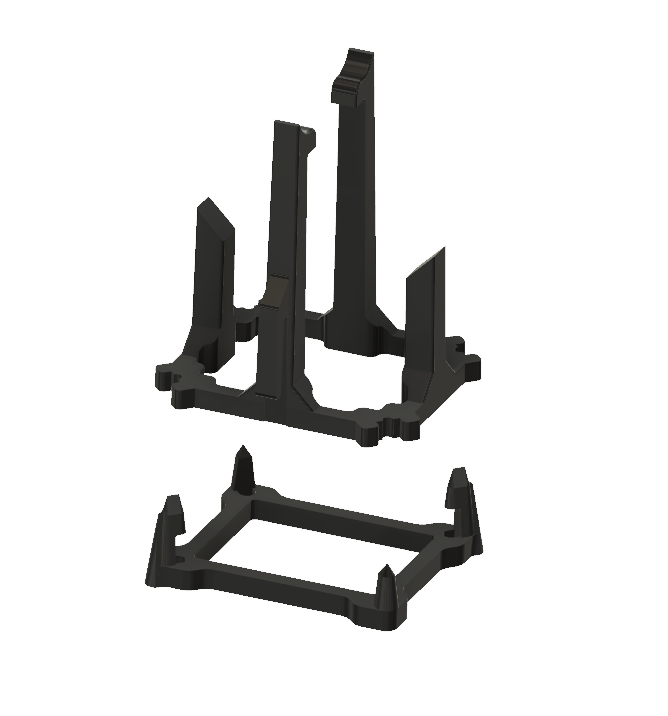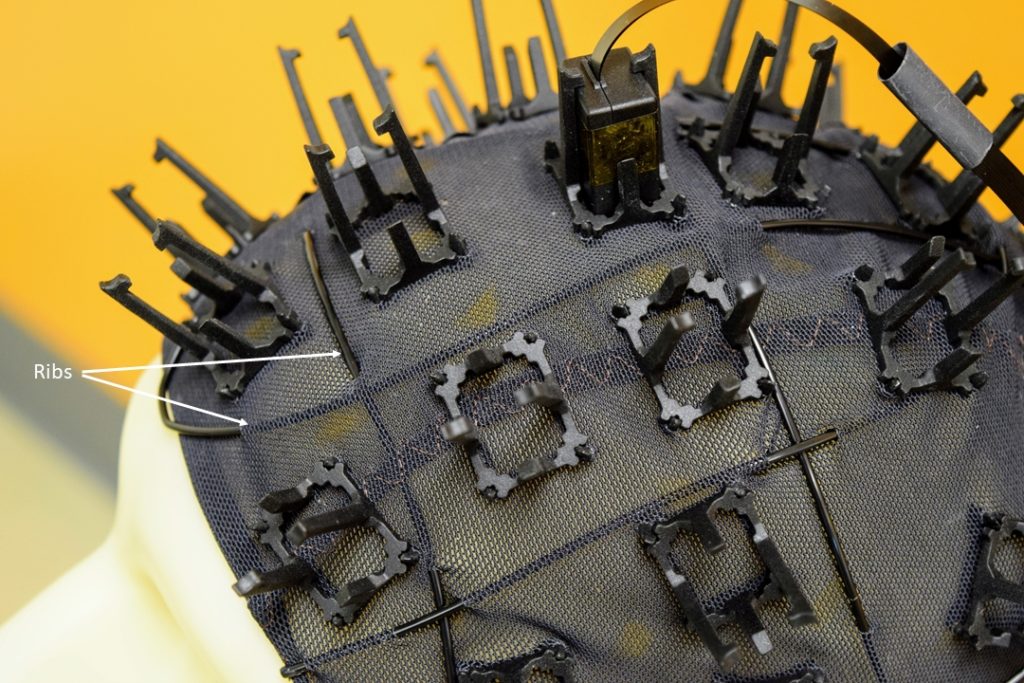A number of groups, including us, are exploring what an OPM-based MEG system will look like in the future. The technology is evolving rapidly so it is difficult to make a prediction but an EEG cap-like solution does look promising in the short term. In the photo below we explore a prototype MEG cap with 30 Gen-2 QZFM sensors.
Overall, we find the cap to be lightweight and comfortable (relatively speaking!). Laboratory tests with this setup will be carried out shortly.
With this setup, because the cap is flexible, it will be necessary to develop an advanced sensor-brain co-registration system. A rigid 3-D printed helmet (like the one developed at UCL/Nottingham for example) is a promising way to remove the need for co-registration. It is possible a hybrid approach with a soft cap on the outside + a thin hard shell (customized for every subject based on optical or MRI scans) may work well for clinical or advanced research grade systems.
MEG cap construction
We start with a blank EEG cap made from mesh-like fabric (Easycap) and mount custom sensor holders over the cap. The sensor holder has two separate pieces: the top and the bottom as shown in Figure 2. The bottom part is placed on the underside of the cap to provide structural stability as well as to provide some spacing between the scalp and the sensor for comfort.
The bottom piece of the holder has small posts that puncture through the fabric, and then the top piece press-fits over the bottom piece. The holders can be placed wherever desired on the cap. For when it becomes necessary to remove the sensor holder for repositioning, we have developed an extraction tool. The holder uses as little plastic as possible to reduce weight and prevent the sensor from overheating.
To give the cap some structural integrity without taking away its flexibility, we thread plastic filament wires through the fabric (Figure 3). The filament ribs are critical in preventing the cap from deforming when mounting or unmounting the cap.
Availability
If our laboratory tests go well, we expect the cap, holders and other accessories will be available soon. The 3D parts files, as well as a vendor list, will also be posted shortly if you would rather experiment and build this on your own.


